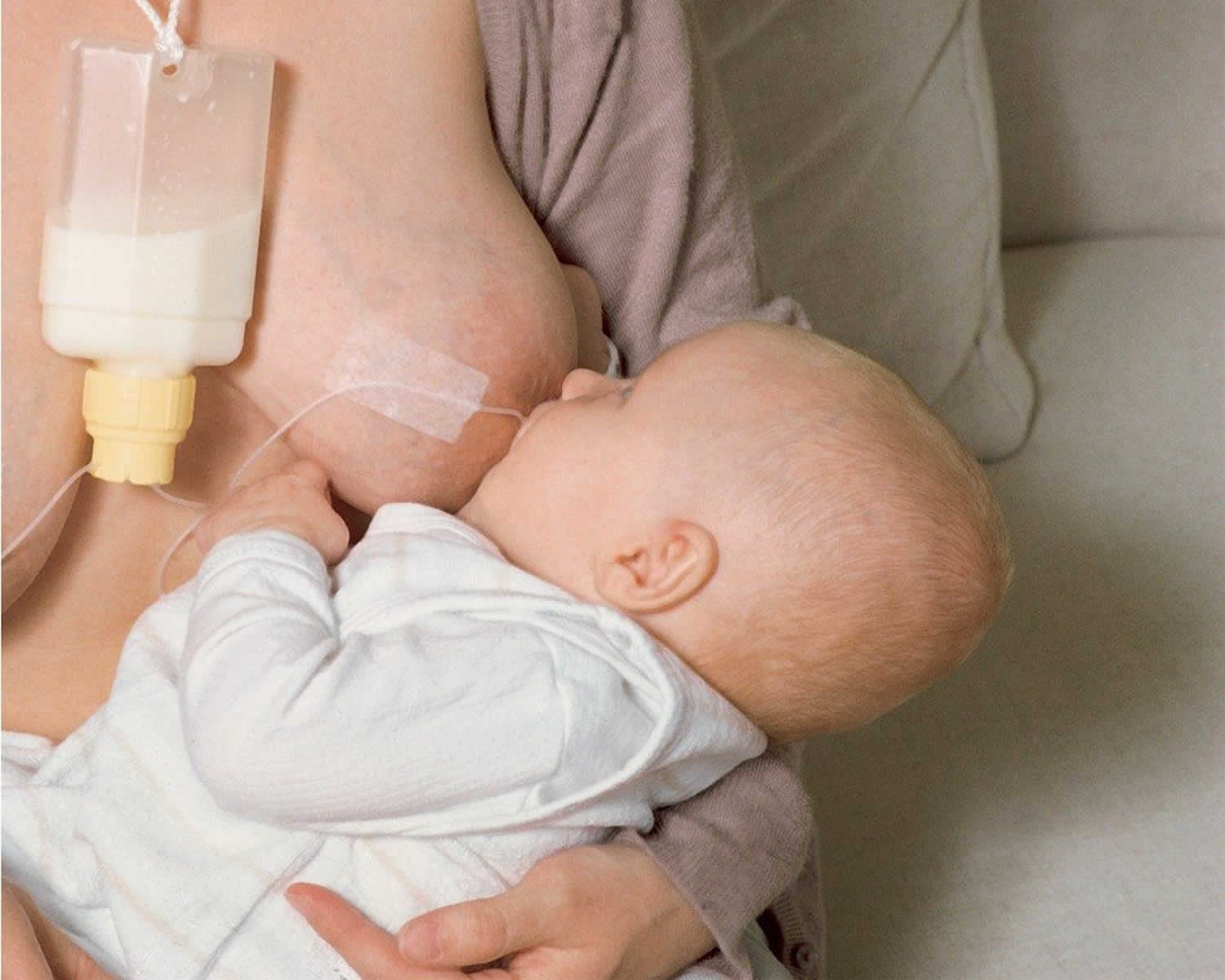Contents
Nipple confused baby
Nipple confusion is a broad term for when babies used to sucking from bottles have a hard time getting back on the breast. Healthy babies are born with a vital survival skill—the instinct to breastfeed. Interfering with this instinct in the early days and weeks of a baby’s life can lead to problems. Many a mother has noticed a change in her baby’s sucking patterns after introducing a bottle or dummy. Her baby may struggle and cry, find it difficult to latch on, or simply nurse ineffectively at the breast. These changes in sucking patterns and breast refusal are often referred to as nipple confusion.
How to deal with nipple confused baby
Babies are ‘hard-wired’ to breastfeed so it’s almost always possible to get back to breastfeeding using one or more of the following strategies. Your role is to calm your baby, give him access to the breast and follow his cues. It’s your baby’s job to feed.
Here are some things you can do to get your baby on your breast:
- Be as patient and calm as you can, even though you may be feeling frustrated or impatient. Forcing your baby to feed is likely to make the situation worse. If he has just been refusing the breast and is upset, distract him by doing something completely different – a walk outdoors, looking at toys, singing a nursery rhyme. When he has settled down he may be eased on to the breast, or he may be happier just being cuddled.
- Walk around with your baby in an upright position against your body with her head level with your nipple. Walk and feed simultaneously. You could try putting your baby in a baby sling but remember to have your bra undone so that her face is touching the skin of your breast and she can find your nipple. The sling will need to be worn lower than normal for this purpose.
- Try a completely different feeding position: your baby tucked under your arm (twin style); or lying down on a bed next to your baby with no body contact – this is especially good if it is very hot, or your baby is sensing your tension; or lying down with your baby cuddled in close next to you.
- Feeding your baby while you are both in the bath may help. You may want to have someone available to help you lift your baby in and out of the bath.
- Try breastfeeding baby after his bath when he is warm and relaxed (if he likes baths).
- You could try playing with your baby on the floor while you are bare from the waist up. After some time gradually offer your breast.
- Anticipate your baby’s waking time and lift her to feed while still sleepy – you may slip in extra night feeds this way.
- Try to soothe baby with a pacifier (dummy). Walking, singing and rocking while baby sucks the dummy may gradually soothe him so you can gently put your baby to the breast while removing the dummy. It may be necessary to start a very hungry baby sucking on a bottle with a small amount of expressed breastmilk, e.g. 30 ml, then gently replace it with the breast.
- Some mothers, whose babies have become accustomed to a bottle, have found that putting ice wrapped in a flannel on the nipple or tickling the nipple and areola makes it easier for the baby to grasp. Alternatively, you may use a nipple shield to begin a feed, slipping if off quickly and putting your baby back to the breast once the milk is flowing and she is sucking happily.
- Feed in a rocking chair.
- Express some milk into your baby’s open mouth to encourage him.
- Spend five minutes or so before the feed massaging your baby’s naked body to relax her, if she is receptive to this.
- Try singing to your baby – he probably won’t mind if it is the same few lines over and over.
- Try playing some favorite relaxing background music.
- Once you get your baby on to the breast, it may help to provide an instant milk reward. This can be done with a breastfeeding supplementer. This allows baby to receive additional milk at the breast whilst stimulating your milk supply by his sucking. If your milk supply continues to be low or your let-down slow or your baby is a ‘poor’ sucker, you may like to discuss with a Lactation Consultant counselor the possibility of using a supplementer.
A baby’s behavior can change very quickly, especially in response to gentle repetition, so do persist. With time and patience, most babies will breastfeed well once more. In the meantime, hand express or pump your milk to ensure you still make plenty of milk.
Make breastfeeding pleasant
Handle your baby gently when trying to feed and minimize distractions. Allow him to take the breast at his own pace to help him relax and feel in control. You’ll want your baby to associate being at the breast with pleasure. Pushing him onto the breast can have the opposite effect—he may instinctively fight against it.
Close body contact
Full body contact with you can trigger your baby’s instinct to breastfeed and help him get a deeper latch onto the breast. As you recline, try letting your baby lie upon you so that his whole front is against you and he is supported by your body. In this position babies often start to suck, and may even attach and feed in their sleep. Watch for early feeding cues—bobbing his head or making sucking motions—and gently encourage feeding. Spend as much time like this as you can—it can be done skin-to-skin if you wish. Many mothers find sleeping in close contact helps—a baby may take the breast when sleepy but not when wide awake. Taking a long warm deep bath together may also encourage your baby to relax, latch and feed well. You’ll need help to do this safely.
A faster flow
Swallowing encourages sucking, which will help keep milk flowing. A baby who has become used to a continuous fast flow from a bottle may need help to persist at the breast. Your milk production may also have dipped a little without you realizing. If needed, you could hand express a little to get the flow going before your baby latches on. Use breast compression to encourage him to continue drinking. Then switch sides to stimulate further let downs. Switch sides several times if necessary.
- Cup your hand around your breast. Wait until your baby stops swallowing regularly.
- Now compress your breast to increase milk flow. Hold it squeezed whilst he continues to swallow.
- Then release, rotate your hand and repeat. Do this on both sides or even switch back and forth to keep your baby actively feeding.
Talk to your doctor or Lactation Consultant about using a breastfeeding supplementer also known as Supplemental Nursing System (SNS). This device delivers extra milk through a tube along your breast as your baby nurses, avoiding the need for bottles.
There are two types of breastfeeding supplementer, one the is Medela Supplemental Nursing System that uses a hard sided container for the supplement and the ‘Lactaid’ uses a soft bag to hold the supplement. Each has its own advantages and disadvantages. It is also possible to make a homemade version. Breastfeeding supplementer consists of a container that is worn on a cord around the mother’s neck. Fine tubing carries expressed breastmilk or formula from the container to the nipple. When the baby sucks at the breast, milk is drawn through the tubing into his mouth, along with any milk from the breast.
When extra milk is needed for medical reasons it is better to give it through a breastfeeding supplementer than by bottle:
- Milk given in this way rewards the baby’s efforts at sucking and he is more likely to be happy to feed from the breast and stay there for a longer time.
- Since the amount of milk a mother makes depends on how much her baby sucks and takes milk from her breasts, this extra sucking will increase her milk supply.
- Use of the mother’s own expressed breastmilk in the supplementer helps a weak or easily tired baby to get more milk with the same amount of sucking.
- The sucking action required during breastfeeding differs from that used with a bottle. Some babies find it hard to do both, or reject the breast in favor of the different bottle.
- The mother is able to provide milk at the breast and this helps with both the hormonal and physical aspects of breastfeeding.
Figure 1. Breastfeeding supplementer (Supplemental Nursing System)
A firmer feel
If improving attachment and increasing milk flow are not enough, a nipple shield may help provide a firmer feel for your baby. A nipple shield is a thin, silicone teat that can be placed over a mother’s nipple during breastfeeding. Holes in the tip allow milk to flow into the baby’s mouth. While a nipple shield can be a useful tool in some situations it should be regarded as only a temporary solution—a transition towards breastfeeding.
Nipple shields come in different sizes, a comfortable fit is very important. A good latch-on is essential with a nipple shield to make sure your baby gets plenty of milk. If your baby latches onto just the tip, he will compress your nipple causing pain.
A deeper latch
If your baby has become used to bottles or dummies he may need encouragement to latch on with a wide-open mouth.
- Rest comfortably with your breast in its natural position.
- Position your baby ‘nose to nipple’, so he has to open wide to latch on. Make adjustments as your baby grows in length, so he can comfortably adopt this position. His ear, shoulder and hip should be in line.
- If you need to support your breast, keep your fingers well away from the areola. Cup your breast by placing your hand with your thumb on one side of the areola, fingers on the other. When your fingers are parallel with your baby’s lips, you can shape your breast to match the oval of your baby’s mouth.
- Pull your baby’s whole body close against yours. Make sure his head is free to tip back so his jaw can drop freely.
- Once he opens his mouth wide, quickly roll your breast into his mouth and onto his tongue. Aim his lower jaw as far from the base of your nipple as possible.
- As the breast lands on his tongue, it pushes his lower jaw open wider, resulting in a bigger and better mouthful of breast.
- Your nipple is the last part of the breast to enter his mouth. When the nipple reaches the back of his mouth this triggers active sucking.
Sometimes just a small adjustment to the way you hold your baby makes a difference. A Lactation Consultant can provide you with personalized suggestions.
How to avoid nipple confusion
Avoid giving bottles and dummies to your baby. It is perfectly possible to breastfeed without ever using bottles or dummies. A baby who gets used to the firm shape of a bottle teat and the rapid flow it provides before breastfeeding has been established, can find it difficult to nurse effectively when switched back to the breast. If you do decide to use a bottle, use it only once breastfeeding is going well. To avoid using a dummy, encourage your baby to satisfy his need to suck by nursing at your breast.






